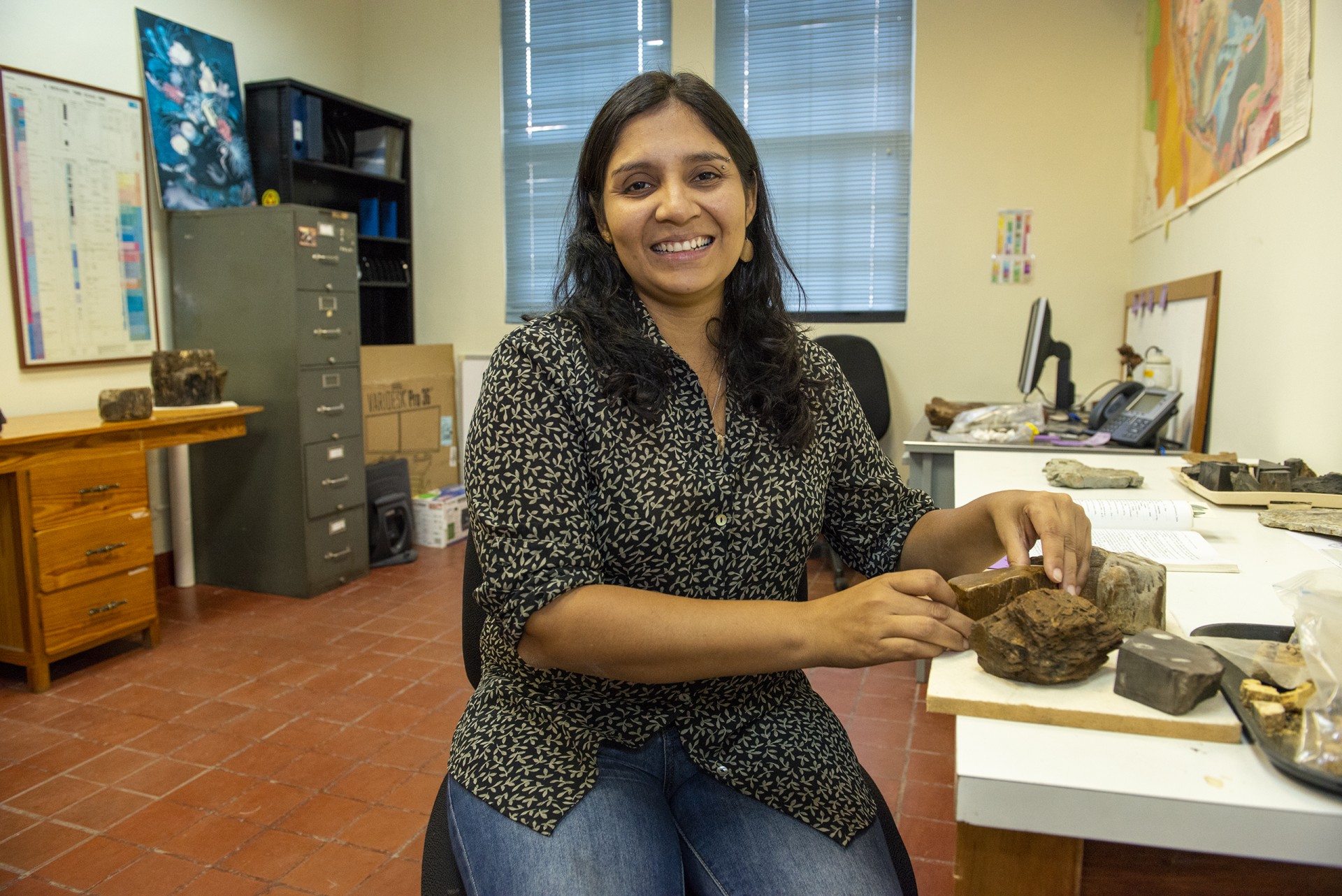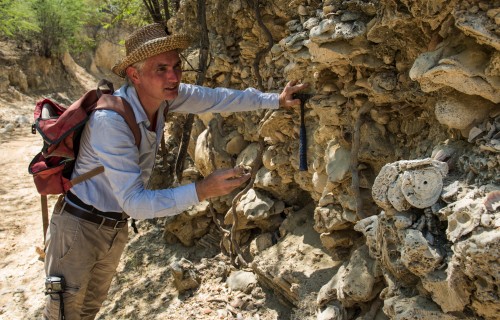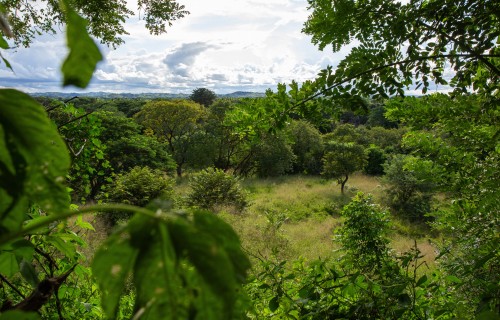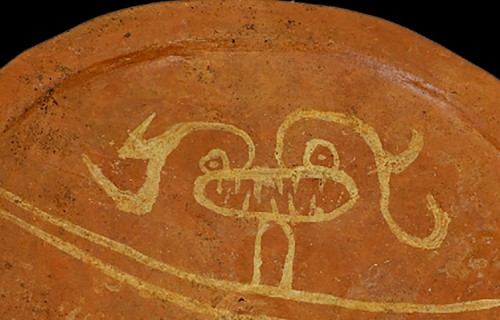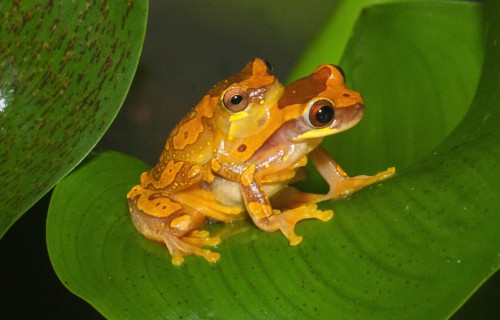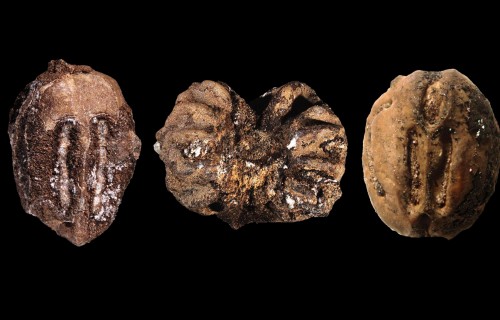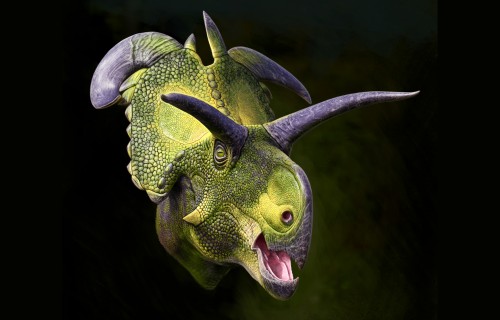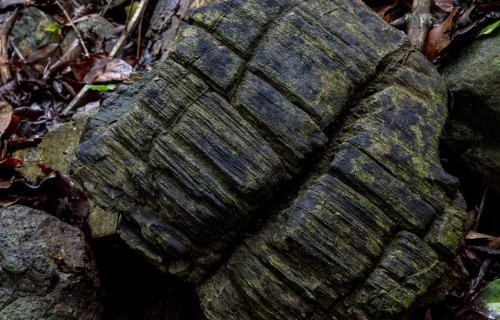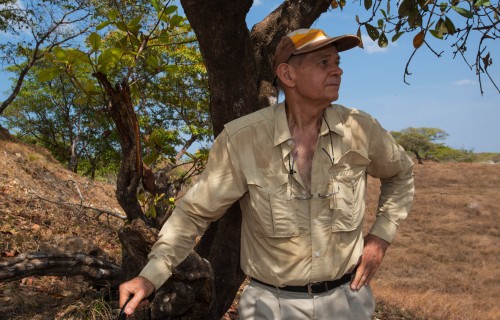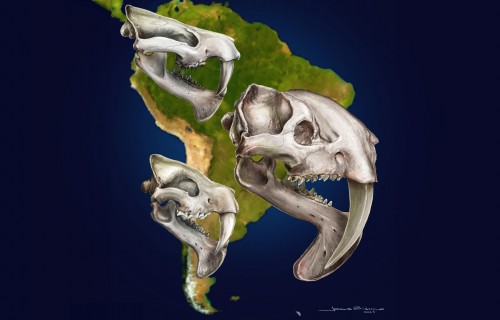Paleo
Nut
Is this the oldest
cashew on the isthmus?
Text by Leila Nilipour
A fossil tree discovery in Panama offers clues regarding the establishment of the genus Anacardium in Central and South America
In recent years, a plague has decimated cashew trees (Anacardium occidentale) all over Panama. During the summer months, this species was seen blooming and producing fruit all along the Interamerican highway; on the side of the road, the sale of roasted cashew nuts. As it turns out, this beloved tree has a very ancient relative, which was recently discovered by Panamanian paleobotanist Oris Rodríguez Reyes, a Research Associate at the Smithsonian Tropical Research Institute (STRI).
During explorations in the town of Los Boquerones, in the province of Veraguas in central Panama, Rodríguez Reyes came across a large fossil trunk: possibly one of the largest ever found in Panama to date. And this ancient trunk looked very much like the modern cashew genus Anacardium. Rodríguez Reyes named this new fossil species Anacardium gassonii sp. Nov. and described it in the journal PLoS ONE.
During explorations in the province of Veraguas, Panamanian paleobotanist Oris Rodríguez Reyes, a Research Associate at the Smithsonian Tropical Research Institute (STRI), came across one of the largest fossil trunks ever found in Panama to date.
Although cashew trees are only found in the Central and South American tropics today, they once existed on the other side of the world. It may sound unlikely, but the oldest fossil cashew remains found to date were discovered in Germany. A tropical tree in what is considered today a temperate region? And how did it travel from the other side of the world to Panama?
As it turns out, the Earth’s climate hasn’t always been the same, and over 30 million years ago, a tropical region existed at the latitude of Southern Europe. The ancestors of many modern tropical species, such as cashew trees, may have arrived in the Americas by wandering across that warm northern belt from Eurasia to North America. Fossils found in the Boquerones area, where A. gassonii sp. nov. was discovered, belong to the Oligocene-Miocene transition: around 23 million years ago, supporting this hypothesis.
Gullies in Los Boquerones farm in Veraguas, where several specimens were collected. Credit: Oris Rodríguez Reyes.
“The cashew genus Anacardium has a scarce fossil record,” said Rodríguez Reyes. “However, it offers an excellent example of migration of tropical species from Eurasia to North America during a warmer period in the Earth’s climate over 30 million years ago.”
Aside from adding a key piece to the puzzle regarding the establishment of cashew species in Central America and South America, the discovery of A. gassonii sp. nov. supports the hypothesis that the migration of this and other species during the Oligocene-Miocene helped assemble the biodiverse rainforests that existed in the region at the time. It also suggests that the genus Anacardium crossed from Central America to South America prior to the final closure of the isthmus 3 million years ago. Once in South America, the genus diversified.
Map illustrating hypothetical migration routes for Anacardium showing the modern distribution of Anacardium and the occurrence of A. germanicum in Germany and A. gassonii in Panama. Credit: Camila Monje Dussán & Lilian De Andrade Brito.
“Discovering new fossils will contribute to better understanding how and why diversity is as it is today,” said Teresa Terrazas, a botanist at the Universidad Nacional Autónoma de México and co-author of the study. “This is an example for young students to become paleobotanists.”
Citation: Rodríguez-Reyes O, Estrada-Ruiz E, Monje Dussan C, de Andrade Brito L, Terrazas T (2021) A new Oligocene-Miocene tree from Panama and historical Anacardium migration patterns. PLoS ONE 16(6): e0250721. https://doi. org/10.1371/journal.pone.0250721

